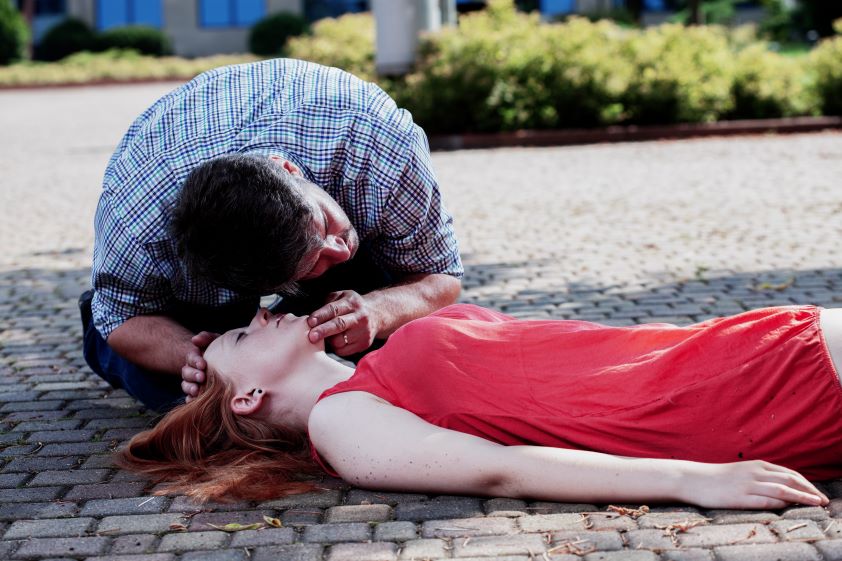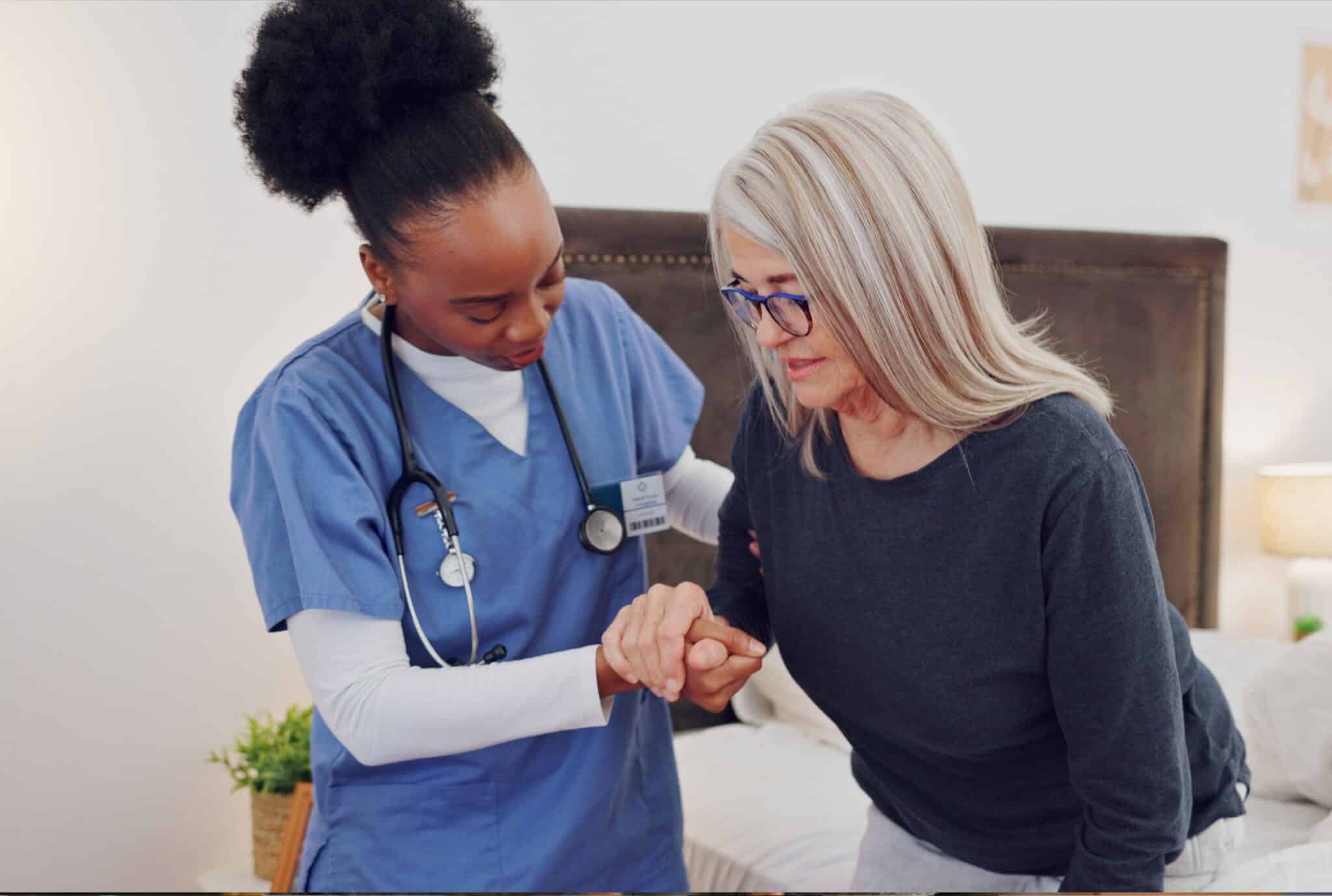Introduction
In the world of emergency situation medical response, the ability to act swiftly and efficiently can mean the difference in between life and fatality. Among the most crucial devices in this realm is the Automated External Defibrillator (AED). Public recognition on defibrillator use is crucial, as it equips people to take action during cardiac emergency situations. This post will check out various aspects of AEDs, consisting of standard vs advanced life assistance, health center codes and methods, and the relevance of public defibrillator usage. Allow's delve into exactly how we can make a distinction through education and preparedness.
Public Understanding on Defibrillator Usage: Making a Difference
Understanding exactly how to use a defibrillator can be a game-changer in an emergency circumstance. Every year, thousands die from abrupt cardiac arrest (SCA), but with appropriate training and understanding, lots of lives can be conserved.
What is an AED?
An Automated External Defibrillator (AED) is a portable device that can analyze the heart's rhythm and supply an electrical shock if necessary. This shock can aid re-establish an efficient rhythm in cases of SCA.
Why Public Understanding Matters
- Increased Survival Rates: Studies show that prompt use an AED can significantly boost survival rates. Empowerment: Expertise lowers anxiety; recognizing just how to make use of these tools empowers bystanders to act. Community Preparedness: Areas that are educated about AEDs develop safer environments.
Basic vs Advanced Life Assistance: A Relative Overview
When talking about defibrillation, it's crucial to set apart between basic life support (BLS) and advanced life support (ALS).
Basic Life Assistance (BLS)
BLS refers to the initial actions taken by laypersons or very first responders in case of a cardiac arrest:
- Checking responsiveness Identifying no breathing Performing CPR
BLS concentrates on keeping blood circulation till sophisticated medical assistance arrives.
Advanced Life Assistance (ALS)
ALS includes more complex interventions normally done by skilled experts:
- Administration of medications Advanced airway management Use of advanced monitoring equipment
While BLS is essential in the very early moments adhering to heart attack, ALS takes control of once educated employees arrive.
Steps for Utilizing an AED Safely
Call Emergency situation Services: Prior to using an AED, ensure that emergency services have been contacted. Check Responsiveness: Gently tap the person and yell to see if they respond. Identify No Breathing: Look for upper body rise or pay attention for breath sounds. Retrieve the AED: Obtain the nearby AED while evaluating the casualty. Turn On the AED: Follow voice motivates as you connect pads to the chest. Stand Clear: Guarantee everybody is away from the client while analyzing heart rhythms. Deliver Shock If Advised: If motivated by the device, press the shock button.Maintaining Calmness Throughout Emergencies
It's vital for bystanders to stay tranquil during emergency situations. Maintaining composure not only helps you assume clearly however also motivates others around you to do so as well.
Hospital Codes and Protocols
Once emergency situation services show up, they adhere to recognized medical facility codes and procedures:
Common Healthcare facility Codes Related to Cardiac Arrest
|Code|Summary|| ------|------------------------------|| Blue|Cardiac Arrest|| Red|Fire Emergency|| Yellow|Internal Emergency|
These codes enhance communication among healthcare providers so they can react swiftly.
Protocols Following AED Use
After using an AED:
- Document information regarding its usage Hand over any kind of information gathered from your assessment Stay readily available for additional doubting by clinical professionals
Public Defibrillator Use: Enhancing Accessibility
The placement of public access defibrillators is key in boosting area security:
Where Are They Located?
Public accessibility defibrillators are generally located in:
- Shopping malls Airports Schools
Awareness projects need to notify residents about their locations.

Why Neighborhood Educating Is Essential
Training sessions must be arranged regularly to ensure neighborhood participants know firstaidpro.com.au how to run these gadgets effectively.
Statistics That Matter
Studies reveal areas with prevalent access to AEDs dramatically lower fatality rates associated with sudden cardiac arrest.
Importance of BLS Accreditation in Communities
Obtaining BLS certification enhances neighborhood durability versus heart emergencies:
Benefits of BLS Certification
Increased probability of immediate action during emergencies Enhanced understanding of basic lifesaving techniques Improved self-confidence among community membersMany companies use BLS qualification courses, making it available for everybody curious about learning lifesaving skills.
Identifying No Breathing: Trick Indicators
Recognizing when someone isn't breathing can conserve precious time:
Signs Indicating No Breathing
Absence of breast increase or loss No distinct breath appears Cyanosis or bluish coloring around lips or fingertipsUnderstanding these indications makes it possible for quicker activity when seconds count.
Taking Switches on Compressions During CPR
Effective CPR calls for endurance; hence taking turns is a good idea:
How Typically Must You Switch?
Compression cycles should preferably last no more than two mins prior to changing rescuers-- this helps maintain top quality compressions without fatigue setup in.
Strategies for Reliable Teamwork
Using verbal signs like "switching" can assist assist in smooth changes without losing rhythm.
Compression Deepness and Rate Considerations
Proper compression depth and price are critical for reliable mouth-to-mouth resuscitation:
Recommended Compression Depth
For adults:
- Compress at the very least 2 inches deep however not going beyond 2.4 inches
For youngsters:
- Compress around 1/3 deepness of their chest
Optimal Compression Rate
Aim for a price of 100-- 120 compressions per minute-- this aligns with maintaining appropriate blood flow during CPR efforts.
FAQ Section
1. What need to I do if I find someone unresponsive?
Call emergency services right away while examining their responsiveness and breathing before initiating mouth-to-mouth resuscitation if necessary.
2. How do I recognize if I need to use an AED?
If a person is less competent and not breathing typically, using an AED might be critical; turn it on after asking for help.
3. Can any person utilize an AED?
Yes! Many public accessibility AEDs are developed for layman use; they supply detailed instructions with voice prompts.
4. What occurs if I offer a shock when it's not needed?
Modern AEDs only suggest shocks when needed; providing unnecessary shocks hardly ever poses damage however might postpone treatment if done excessively without specialist intervention.
5. Exactly how often must community participants rejuvenate their CPR skills?
It's generally suggested every two years; refresher courses guarantee your abilities remain up-to-date as guidelines progress over time!
6. Are there legal securities for Good Samaritans that aid during emergencies?
Yes! Several jurisdictions have Good Samaritan legislations shielding people who offer help during emergency situations from responsibility as long as their activities are affordable under circumstances!

Conclusion
Public awareness on defibrillator usage is not just useful-- it's necessary in conserving lives during heart emergencies! By outfitting areas with expertise on standard vs innovative life support methods, acknowledging indicators such as no breathing, maintaining composure under pressure, and making sure ease of access via public defibrillator positionings, we develop much safer settings where people really feel encouraged to act emphatically when every second counts!
Investing time right into discovering these critical devices will unquestionably lead us towards making purposeful distinctions within our neighborhoods-- since every heart beat matters!